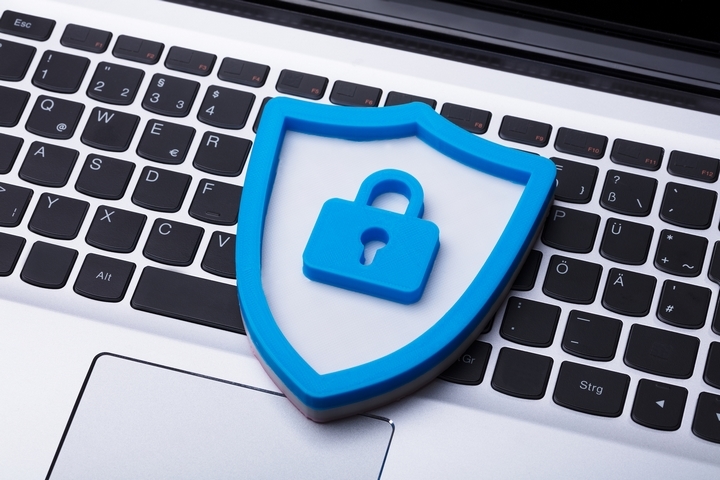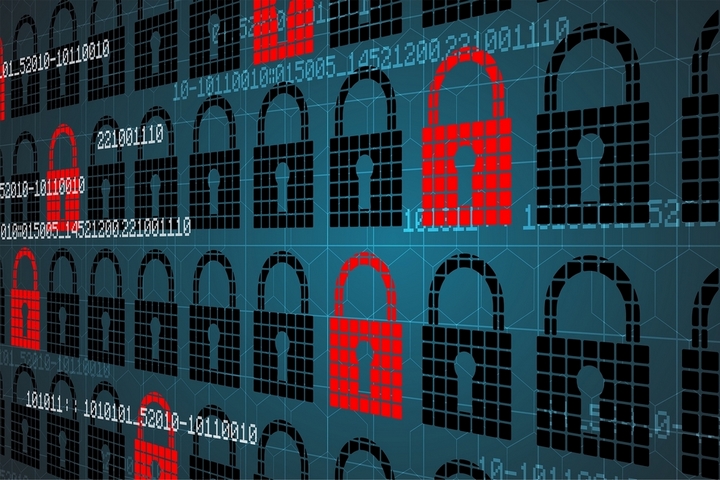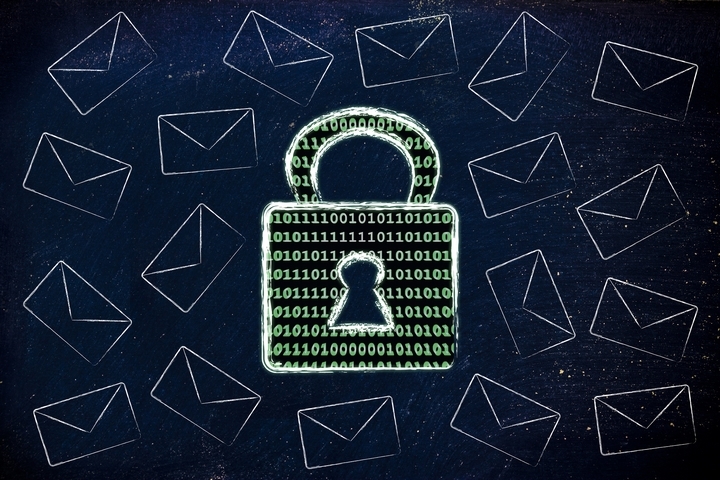In this new age of the internet, where everybody is storing mass amounts of highly personal data and private information online, it is more crucial than ever for companies to keep their networks safe. This task has become increasingly difficult over time, as hackers become more numerous and smarter.
Network security is a task best left to managed IT support and services, but there are still several countermeasures you can implement in order to protect yourself digitally. To help you get started, there are ten essential network security basics for beginners:
1. Antivirus and anti-malware
 While antivirus and anti-malware technically do the same thing by detecting and removing malicious software (or malware) they are different in that each one picks up different threats than the other. That being said, most antivirus software can pick up other malware, as opposed to just viruses, and most anti-malware can pick up a variety of malware, including viruses.
While antivirus and anti-malware technically do the same thing by detecting and removing malicious software (or malware) they are different in that each one picks up different threats than the other. That being said, most antivirus software can pick up other malware, as opposed to just viruses, and most anti-malware can pick up a variety of malware, including viruses.
2. Firewalls
 A firewall monitors incoming and outgoing network traffic and is basically in charge of deciding who is allowed in or not based on specific “rules” it has been given to follow. It is kind of a first line of defense – a gate to the network, if you will. There are many different kinds, as firewalls have been around for decades, and they continue to become more sophisticated as time goes on.
A firewall monitors incoming and outgoing network traffic and is basically in charge of deciding who is allowed in or not based on specific “rules” it has been given to follow. It is kind of a first line of defense – a gate to the network, if you will. There are many different kinds, as firewalls have been around for decades, and they continue to become more sophisticated as time goes on.
3. Layering
 Cybersecurity protection should come in layers. If someone slips past the first layer, they shouldn’t get past the second layer. But if they do get past the second layer, then there should be a third layer still. It is kind of like fortifying a building or a home. You have a gate, but if someone were to get past the gate, they would still have to get through the front door. By doing this, hackers have to take more time to get into the system, and risk being detected in the meantime.
Cybersecurity protection should come in layers. If someone slips past the first layer, they shouldn’t get past the second layer. But if they do get past the second layer, then there should be a third layer still. It is kind of like fortifying a building or a home. You have a gate, but if someone were to get past the gate, they would still have to get through the front door. By doing this, hackers have to take more time to get into the system, and risk being detected in the meantime.
4. Email security
 Many hackers or network breaches occur through email. It is partly because this is an open pathway for outside traffic, and partly because there is a huge human element involved. Email security helps to block unwanted incoming contact, and protect outgoing messages so that sensitive data is not shared unintentionally in the process.
Many hackers or network breaches occur through email. It is partly because this is an open pathway for outside traffic, and partly because there is a huge human element involved. Email security helps to block unwanted incoming contact, and protect outgoing messages so that sensitive data is not shared unintentionally in the process.
5. Wireless security
 This has always been true, ever since wireless connections were invented: you are not as secure when you are wireless. There are specific wireless security applications that can be used to make a wireless connection act more like a wired connection, in order to protect the network from malicious access.
This has always been true, ever since wireless connections were invented: you are not as secure when you are wireless. There are specific wireless security applications that can be used to make a wireless connection act more like a wired connection, in order to protect the network from malicious access.
6. VPN
 A Virtual Private Network (VPN) allows people to access a private network remotely, or send private information through the network from a remote location. VPNs are effective in hiding one’s IP address and protecting the data that is sent while on the VPN. For companies with employees working remotely it is an important measure in ensuring outside parties cannot gain access to or intercept sensitive information and data.
A Virtual Private Network (VPN) allows people to access a private network remotely, or send private information through the network from a remote location. VPNs are effective in hiding one’s IP address and protecting the data that is sent while on the VPN. For companies with employees working remotely it is an important measure in ensuring outside parties cannot gain access to or intercept sensitive information and data.
7. Variety
 By combining a bunch of different tactics for network security, a company can really cover all – or most – of its bases. The problem right now is that hackers are smarter than ever, and a lot of them just spend time at the computer trying to gain access to company networks because they can. And once they do, then others are not far behind. Companies need to employ the most recent solutions to protect their networks, and they need to make sure these solutions cover a variety of threats.
By combining a bunch of different tactics for network security, a company can really cover all – or most – of its bases. The problem right now is that hackers are smarter than ever, and a lot of them just spend time at the computer trying to gain access to company networks because they can. And once they do, then others are not far behind. Companies need to employ the most recent solutions to protect their networks, and they need to make sure these solutions cover a variety of threats.
Not using variety is like having a super thick, strong, and secure wall on one side, and twigs for the other three walls. If someone comes from one direction it may keep them out, but if they walk around a little, they’ll see it is actually super easy to break in.
8. Know who has access
 If everybody and their brother has access to a network, chances are it’s not very secure. A network should only allow in the users that are specifically given access, and every user and every individual device should be recognized by the system. Again, this goes with the building metaphor. If someone is in your house that you don’t recognize, they shouldn’t be there, and you need to take measures to get them out.
If everybody and their brother has access to a network, chances are it’s not very secure. A network should only allow in the users that are specifically given access, and every user and every individual device should be recognized by the system. Again, this goes with the building metaphor. If someone is in your house that you don’t recognize, they shouldn’t be there, and you need to take measures to get them out.
9. Behavioural analytics
 By analyzing the regular behaviour of the network, these tools can detect when something out of the ordinary is happening and alert you to that activity. Behavioural analytics is kind of like a security camera for your system. Once the threat has been indicated, the team can take action to remedy the situation.
By analyzing the regular behaviour of the network, these tools can detect when something out of the ordinary is happening and alert you to that activity. Behavioural analytics is kind of like a security camera for your system. Once the threat has been indicated, the team can take action to remedy the situation.
10. Train your team
 A high number of data breaches occur as a result of human error or negligence. While all of the tech solutions – software, anti-malware, antivirus, firewalls, etc. – are crucial, people are really important to this process too. By training staff at all levels in cybersecurity and ensuring that it is discussed in the upper echelons of the leadership hierarchy of the company, a company can secure their network further.
A high number of data breaches occur as a result of human error or negligence. While all of the tech solutions – software, anti-malware, antivirus, firewalls, etc. – are crucial, people are really important to this process too. By training staff at all levels in cybersecurity and ensuring that it is discussed in the upper echelons of the leadership hierarchy of the company, a company can secure their network further.

